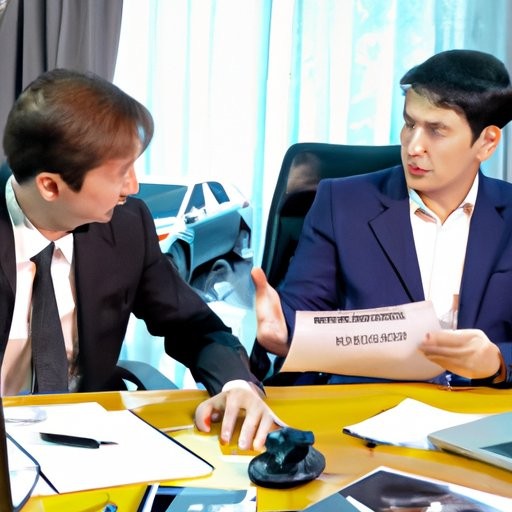What You Need to Know About Multi-Car Crashes in Chicago
Multi-car crashes are a significant concern on the bustling streets and highways of Chicago, Illinois. These incidents, involving three or more vehicles, can result in severe injuries, extensive property damage, and complex legal challenges. Understanding how these crashes occur and what steps to take afterward is crucial for safeguarding your rights and securing a fair outcome.

How Do Multi-Car Crashes Occur?
Multi-car crashes frequently occur in high-traffic areas where vehicles are in close proximity, such as highways like the Kennedy Expressway or busy intersections. These accidents typically begin with a single collision that triggers a chain reaction, quickly involving multiple vehicles.
Various factors contribute to these crashes, including adverse weather conditions like fog or ice, which can impair visibility and traction. Distracted driving, speeding, and sudden lane changes are also common causes. In a city like Chicago, the high density of vehicles and the presence of large commercial trucks further elevate the risk.
What Are the Legal Implications of Multi-Car Crashes?
Determining fault in multi-car crashes can be intricate due to the involvement of multiple drivers. In Illinois, the principle of comparative negligence applies, meaning each person's level of fault is considered when determining compensation.
Insurance companies conduct thorough investigations to reconstruct the sequence of events and assess each driver's responsibility. It's essential for those involved to gather evidence, such as photos, witness statements, and police reports, to support their claims. Legal representation can be vital in navigating these complex cases and ensuring fair compensation for injuries and losses.
FAQs About Multi-Car Crashes in Chicago
What should I do immediately after a multi-car crash?
First, ensure your safety and the safety of others, then call emergency services to report the accident. Exchange information with other drivers and take photos of the scene. Seek medical attention even if you feel fine, as some injuries may not be immediately apparent.
How is fault determined in a multi-car crash?
Fault is determined by examining police reports, witness statements, and evidence from the scene. Insurance companies and legal representatives use this information to establish the sequence of events and assign liability based on comparative negligence.
Can I still recover damages if I am partially at fault?
Yes, under Illinois' comparative negligence laws, you can still recover damages even if you are partially at fault. However, your compensation will be reduced by your percentage of fault. For instance, if you are 20% at fault, your compensation will be reduced by 20%.
What types of compensation are available in multi-car crash cases?
Victims may be entitled to compensation for medical expenses, property damage, lost wages, and pain and suffering. The specific damages awarded depend on the severity of the injuries and the circumstances of the crash.
How long do I have to file a claim after a multi-car crash in Chicago?
In Illinois, you generally have two years from the date of the accident to file a personal injury claim. It's advisable to consult with a legal professional promptly to ensure your rights are protected and all deadlines are met.
How Can You Protect Your Rights After a Multi-Car Crash?
If you're involved in a multi-car crash in Chicago, Illinois, it's crucial to act swiftly to protect your rights. Gather evidence, seek medical attention, and consult with a legal professional to navigate the complexities of your case. Understanding your rights and responsibilities can significantly impact the outcome of your claim. As of May 2025, Illinois law still requires careful documentation and timely action to ensure a fair resolution.



